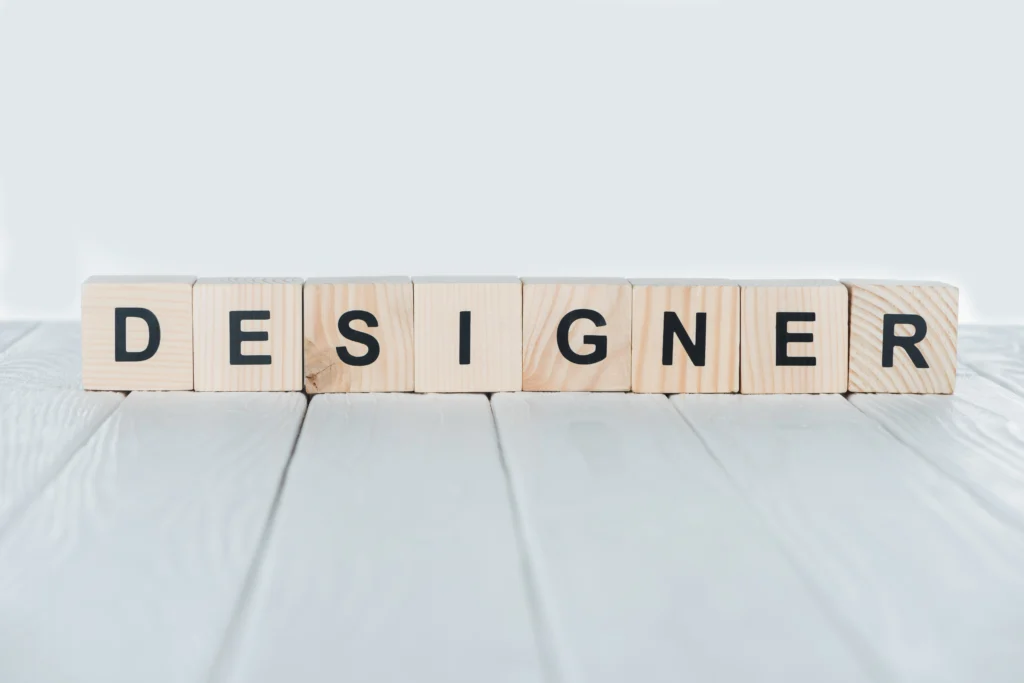
Fonts play a crucial role in graphic design, as they can dramatically affect the overall look and feel of a project. For designers, choosing the right font is vital to convey the intended message, evoke the desired emotions, and maintain the aesthetic of the brand or project. While there are many premium fonts available, free fonts offer a vast range of creative possibilities without the price tag. In this article, we will explore some of the best free fonts for designers that can enhance your projects, whether you’re working on logos, websites, posters, or branding materials.
Free fonts are a goldmine for designers who want to explore new styles or create professional-looking designs on a budget. Here are some reasons why free fonts are invaluable:
Here are some of the best free fonts that every designer should have in their toolkit:
Montserrat is a modern sans-serif font that has become a go-to for many designers. Its geometric shapes and bold letterforms make it perfect for headlines and logos. It has a clean, contemporary feel that works well in both digital and print design.
Raleway is an elegant sans-serif font known for its sleek lines and high readability. It works wonderfully for both display and text, making it a great all-rounder for a wide variety of design projects. Raleway is often used in minimalist designs due to its modern appeal.
Lora is a serif font that combines a modern feel with a traditional touch. Its balanced letterforms make it highly legible, even at smaller sizes, which makes it ideal for body text. Lora is perfect for print materials like books, brochures, and websites.
Roboto is a versatile sans-serif font that has been widely used in both web and mobile applications. Designed with an approachable, friendly tone, Roboto is known for its geometric but open letterforms. This font can be used in a variety of contexts, including logos, websites, and apps.
Open Sans is a clean, open-source sans-serif typeface that has become a web designer’s favorite. Its clear letterforms provide excellent readability, even in long paragraphs of text. Open Sans is ideal for websites and user interfaces, and it’s widely supported on the web.
While the options for free fonts are plentiful, it’s essential to pick one that complements your design’s objectives. Here are some factors to consider when selecting a font:
The font you choose should align with the message you want to convey. For example, a playful font might be great for a children’s brand, while a sleek, minimalistic font would suit a modern tech company. Think about the emotion you want your design to evoke and select a font that mirrors that sentiment.
Regardless of the style, the font must be easy to read. Avoid overly ornate or complicated fonts for body text, as they can become difficult to read, especially on smaller screens or at lower resolutions.
Fonts help define the visual identity of a brand. Ensure the font you select is consistent with the brand’s tone, whether formal, casual, modern, or vintage. Some fonts may feel more appropriate for certain industries or target audiences, so take this into account.
If you’re designing for the web, make sure the font is optimized for digital use and compatible across different devices and browsers. Google Fonts, for example, provides fonts that are optimized for web use and easily integrated into websites.
There are several platforms and resources where designers can access free fonts for commercial use:
Google Fonts offers an extensive library of high-quality, open-source fonts. You can easily integrate these fonts into your website or use them for print materials. The platform also ensures that fonts are compatible with various devices and browsers.
Font Squirrel is a great resource for designers looking for free fonts that are licensed for commercial use. The site offers a selection of fonts that can be used in both print and digital projects, with many options for professional designs.
DaFont is a popular website with thousands of free fonts for personal and commercial use. The website offers a variety of font styles, including script, vintage, and hand-lettered fonts, which can be perfect for adding a unique touch to your projects.
As the name suggests, 1001 Free Fonts offers a massive collection of free fonts. The platform is easy to navigate, and users can filter fonts by category, style, or popularity, making it easy to find the perfect font for your design.
While free fonts can be a great resource, it’s essential to use them thoughtfully. Here are some best practices for incorporating free fonts into your designs:
Free fonts provide designers with a wide range of possibilities to enhance their projects without breaking the bank. By understanding the importance of choosing the right font, considering readability, and exploring platforms like Google Fonts and Font Squirrel, designers can elevate their designs with stunning typography. Whether you’re creating a logo, website, or social media post, using high-quality free fonts is an excellent way to stay within budget while maintaining a professional, polished look.
Remember, font choice is more than just aesthetics; it’s an essential part of your design’s identity. So next time you’re working on a design, don’t overlook the power of typography—and be sure to explore the many fantastic free fonts available to you!